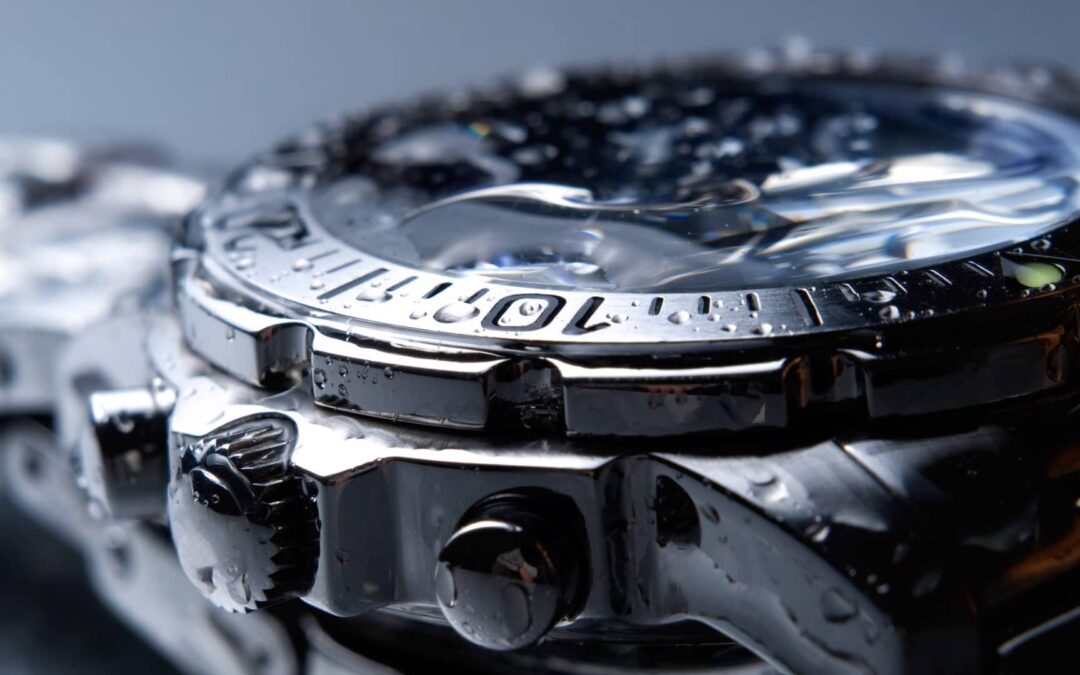
Water is a Watch Killer
Before we dive too deeply (pun intended) into what water resistance is and how it works, it’s important to understand the relationship between water and your watch.
Put plainly, water and watches do not get along. Regardless of whether it’s digital, quartz, solar, mechanical, or automatic, water getting inside the watch case is no good.
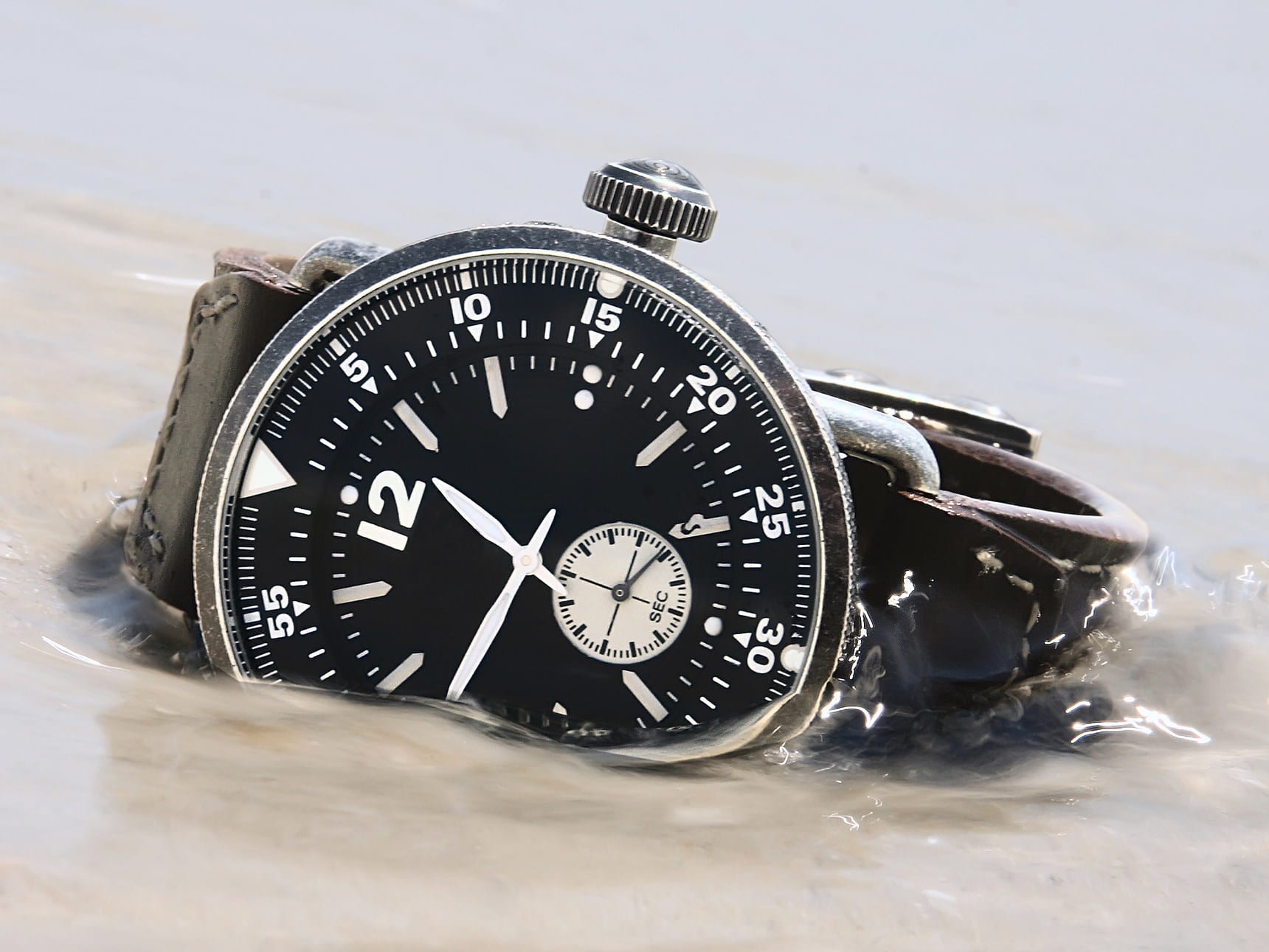
Once water sneaks in, it creates humid conditions ripe for corrosion. It can also cause shorting on circuit boards and small electronic components and generally wreak havoc.
Once even the slightest bit of moisture is evident (such as clouding or condensation on the crystal), the watch needs immediate servicing. The watchmaker will take the watch apart, remove all of the components and gizmos, dry everything out, replace any corroded parts, and then put everything back together.
For entry-level watches, this isn’t cost-effective. For high-end luxury watches, the cost for replacement parts and repair can be tremendous.
For these reasons, it’s best just to keep your good watches away from water.
What Is Watch Water Resistance?
Watch water resistance refers to a watch’s ability to prevent water, humidity, and dirt from seeping into its case.
Manufacturers typically quantify a particular model’s water resistance rating using bars, atmospheres (ATM), meters (M), or feet. They typically mark the case back and dial with this number, such as 30ATM or 50M.
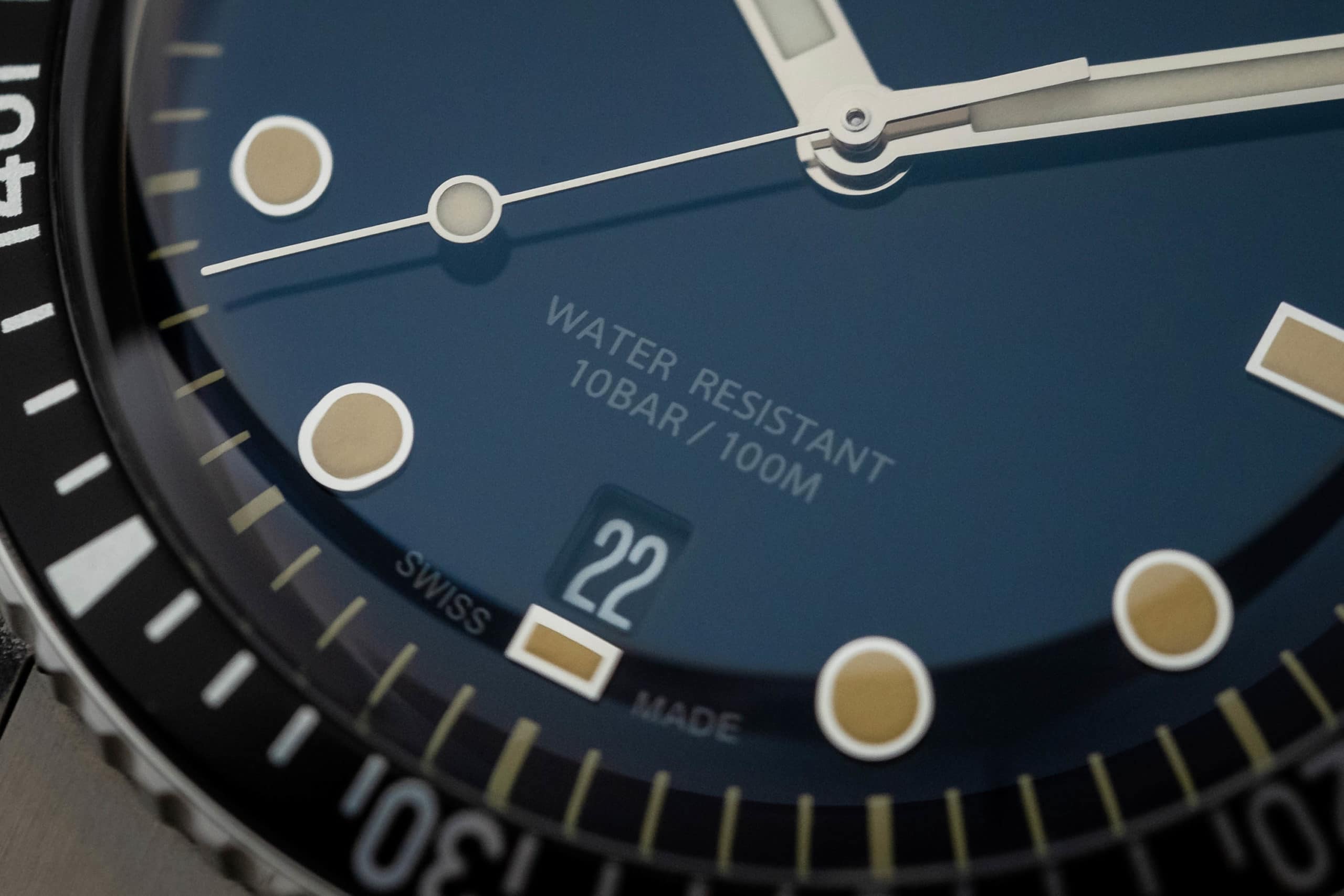
Regardless of whether they’re a dive watch or another style, these numbers refer to how deep below sea level you could potentially take the watch before water works its way into the case and causes damage.
The deeper you go, the higher the water pressure, the more water-resistant a watch needs to be.
For reference:
- 1 bar = 1 atmosphere = 33 feet = 10 meters =14.7 PSI
- <50M: Do not expose to water
- 50M: Splash resistant, but no swimming or bathing
- 100M: Okay for swimming, snorkeling, and bathing, but not long-term submersion
- 200M: Okay for swimming, snorkeling, short dives
- 200M+: Okay for anyone who isn’t a certified diver to use any way they’d like
What Makes a Watch Water Resistant?
Watches consist of many, many parts, and they’re housed in a shell made up of — you guessed it — many parts.
The lens, the case, the case back, the stem, the crown, pushers for chronographs, and other little bits and pieces are all squeezed or screwed together to very tight tolerances.
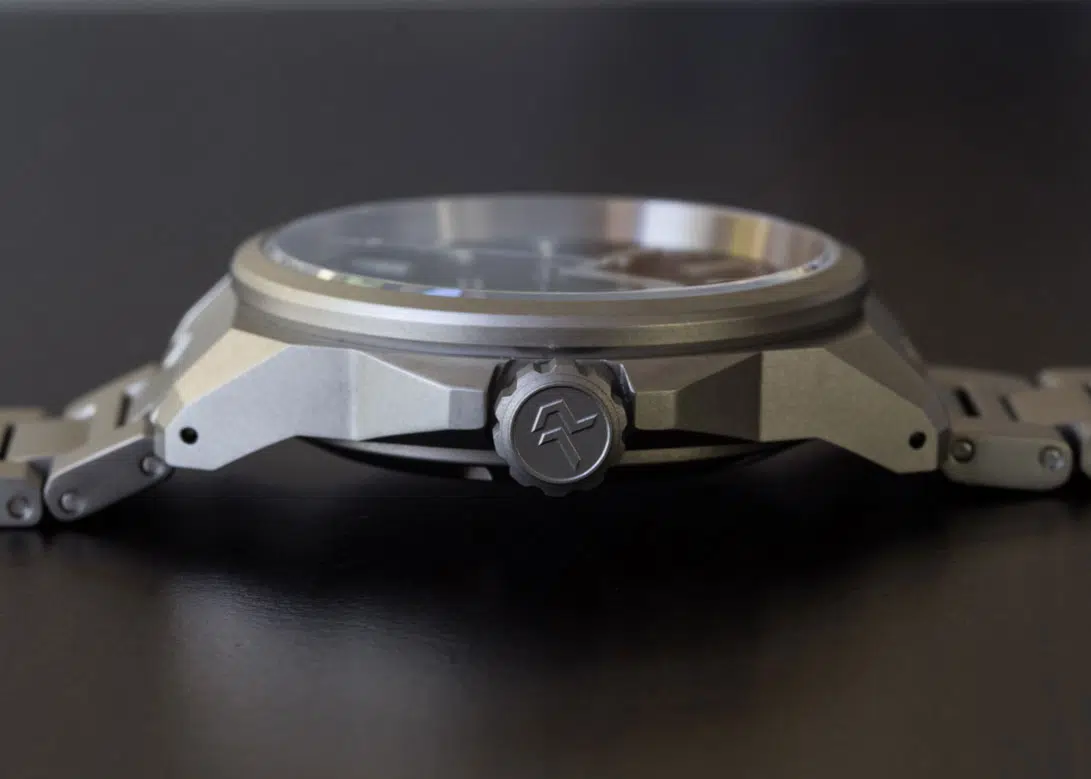
The higher the quality of the material used and the more exacting the techniques employed, the tighter the tolerances and the sturdier the envelope that holds the movement will be.
Sometimes, manufacturers will design gaskets and o-rings to fit between these pieces to increase water resistance.
So, a Mickey Mouse watch with a pot metal case, a snap-in plastic lens, a pressed-in case back, and a non-threaded crown will offer very little water resistance.
But, a stainless steel case, sapphire crystal with gasket, screw-down crown with a few o-rings, and a screw-down case back with gaskets can potentially offer hundreds of feet of water resistance.
A Water Resistance Rating is a Guide, Not a Rule
A water resistance rating isn’t a hard and fast rule. This means that just because your watch has a 100M water resistance doesn’t mean it’ll be okay 100 meters underwater.
First, it’s important to realize that a watch needs proper service to maintain its water resistance over time. O-rings and gaskets can crush or wear, and they’ll need replacing after a while.
Also, threads on screw-down casebacks, crowns, and pushers can stretch or start to strip, and they might not keep water out as effectively as they used to.
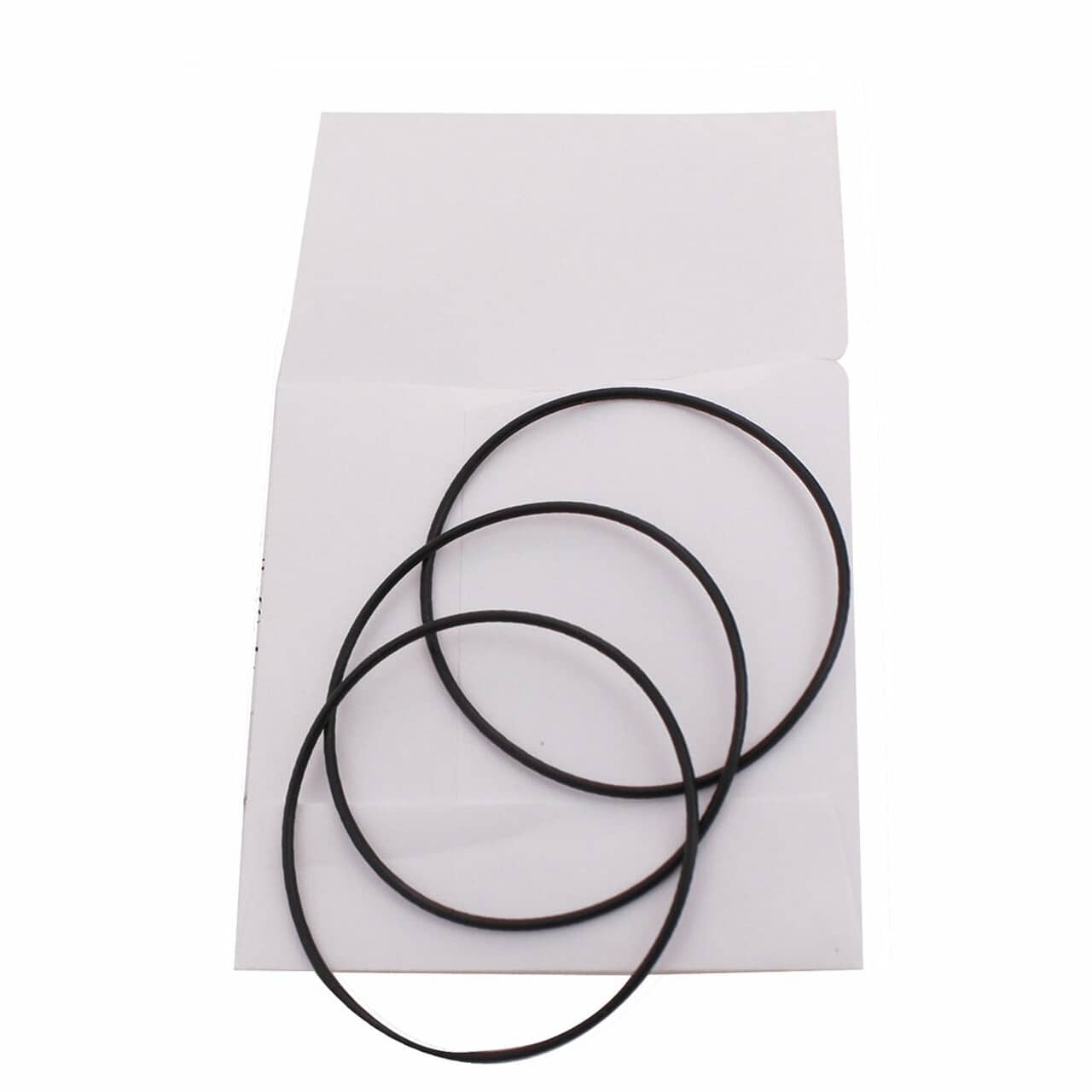
Also, keep in mind that modded watches need to be tested after modification to ensure they retain their water resistance.
This generally involves a watchmaker removing the movement from the case and placing the case in a testing instrument full of water. Once they pressurize the instrument, they’ll check for air bubbles to see if they indicate a leak.
Even so, these tests rarely simulate 200M pressures, so beware that your modded diver might not do so well below the sea.
There’s another point to consider: water-resistance ratings are typically under ideal and regulated conditions. Temperature, salt content, and any jarring or impacts that might occur in real-life situations can make it easier for water to work its way into the case.
Finally, much of a watch’s water resistance falls on the owner.
If the watch isn’t in good condition, or the crown and pushers aren’t screwed down, the watch’s water resistance plummets.
Even washing your hands while wearing your watch without screwing the crown or pushers down could potentially allow water in, ruining the movement or circuitry.
Think of a Watch’s Water Resistance Practically
In all honesty, if you’re one of the few people capable of diving 200 meters below sea level, you probably aren’t using a Seiko or even a Rolex diver to time your dive and air supply.
It can help to think of water resistance as more about practicality than it is about actual functionality.
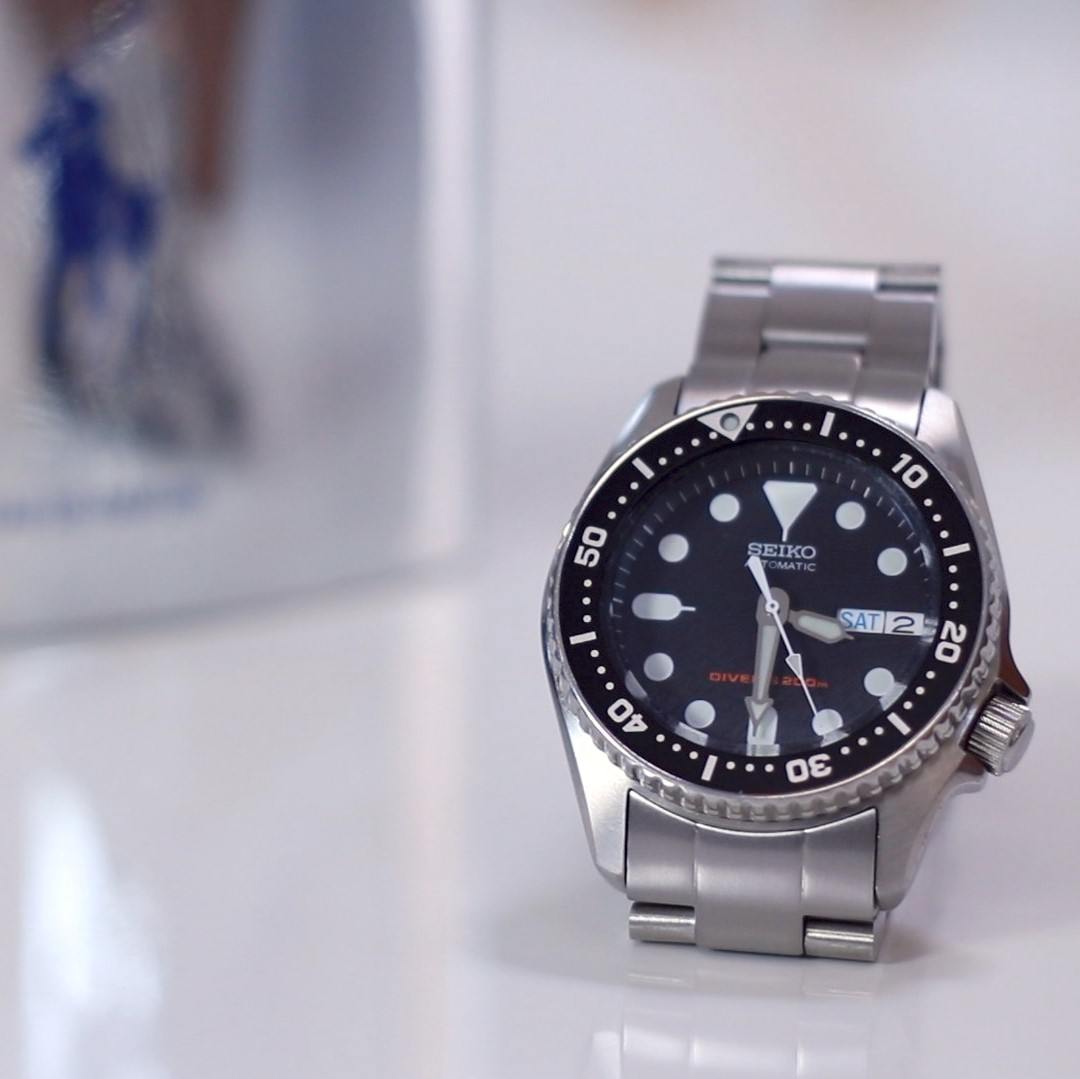
Very few watches will ever see the types of pressures they’re rated for. Even a watch with just 50 meters of water resistance, which many collectors see as the bare minimum, isn’t likely to experience those conditions.
But, if you think of a watch’s water-resistance rating as a sort of benchmark or category of what it can handle, it helps to make sense of it all.
Practically speaking, a watch with 100 or 200 meters of water resistance can withstand almost anything you can throw at it.
A watch with 50 meters of water resistance can handle most common exposures to water, and watches with less resistance need constant attention to prevent them from getting wet. Other than those points, water resistance is just a statistic.

